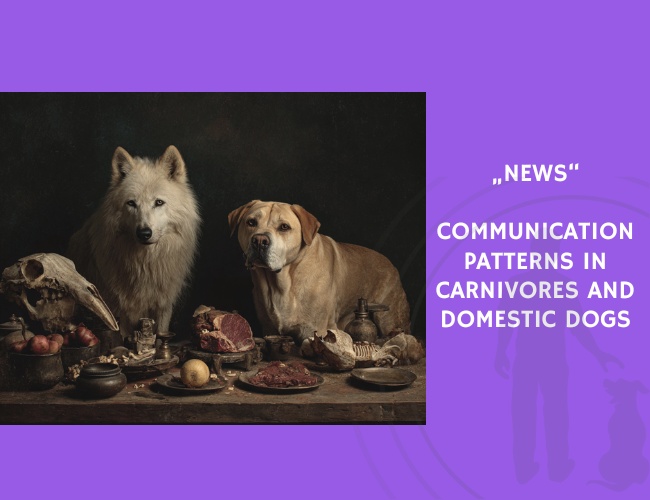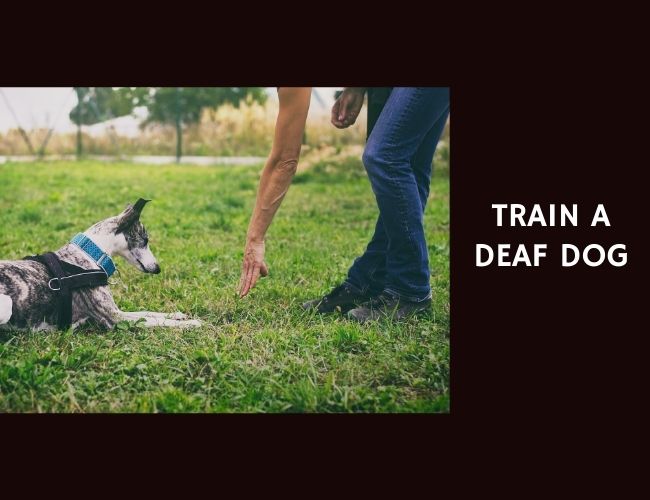Communication plays a crucial role in the social lives of animals, influencing behavior and coordination. In his 2010 review in Periodicum Biologorum, I. Petak examined communication modalities in carnivores, with a particular focus on domestic dogs (Canis familiaris). The study highlights how human influence has altered canine communication compared to that of their wild relatives.
While many carnivores are solitary, wolves and dogs display complex social communication. Interestingly, domestic dogs—living closely with humans—now rely more on human-directed communication than interactions with conspecifics. This represents a significant shift from the social dynamics of highly cooperative wolves.
The review outlines three primary channels of dog communication:
- Olfactory communication: Urine marking, fecal droppings, anal sac secretions, body odor from glands, and scent rubbing behaviors are central to social investigation and territorial marking. This remains the most fundamental form of communication in dogs and canids.
- Vocal communication: Dogs produce a wide range of sounds—barking, whining, growling, howling, yelping, and more. The diversity of these vocalizations reflects both evolutionary history and adaptation to human environments. New research into canine vocalizations has uncovered their potential to convey emotional and contextual information.
- Visual communication: Body postures, facial expressions, ear and tail position, and fur changes form an additional layer of signaling. However, selective breeding and morphological diversity have sometimes reduced the precision of these signals, making inter-dog communication less efficient.
Petak emphasizes that olfactory signals remain dominant, but the rise of vocal communication—especially barking—may have been shaped by dogs’ integration into human societies. Furthermore, the paper calls for more research into dog-human communication, noting its importance for understanding the emotional and social bonds between the two species.
Overall, this work provides valuable insight into how domestication altered the communicative repertoire of dogs, blending evolutionary continuity with human-driven adaptations.
Source: Petak, I. (2010). Patterns of carnivores’ communication and potential significance for domestic dogs. Periodicum Biologorum, 112, 127–132. Author: I. Petak. Publication Date: June 1, 2010.










